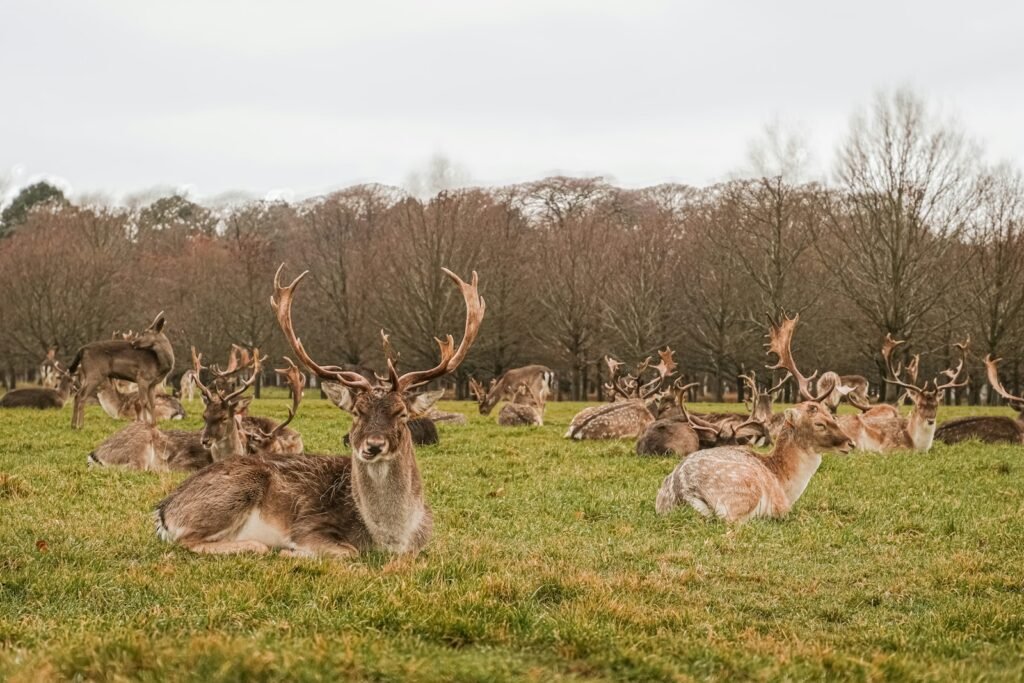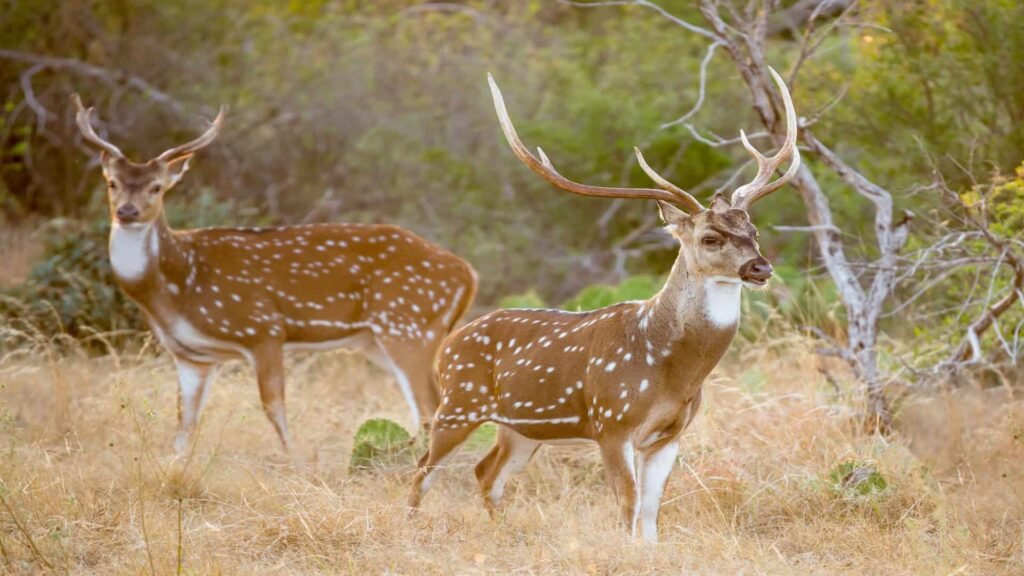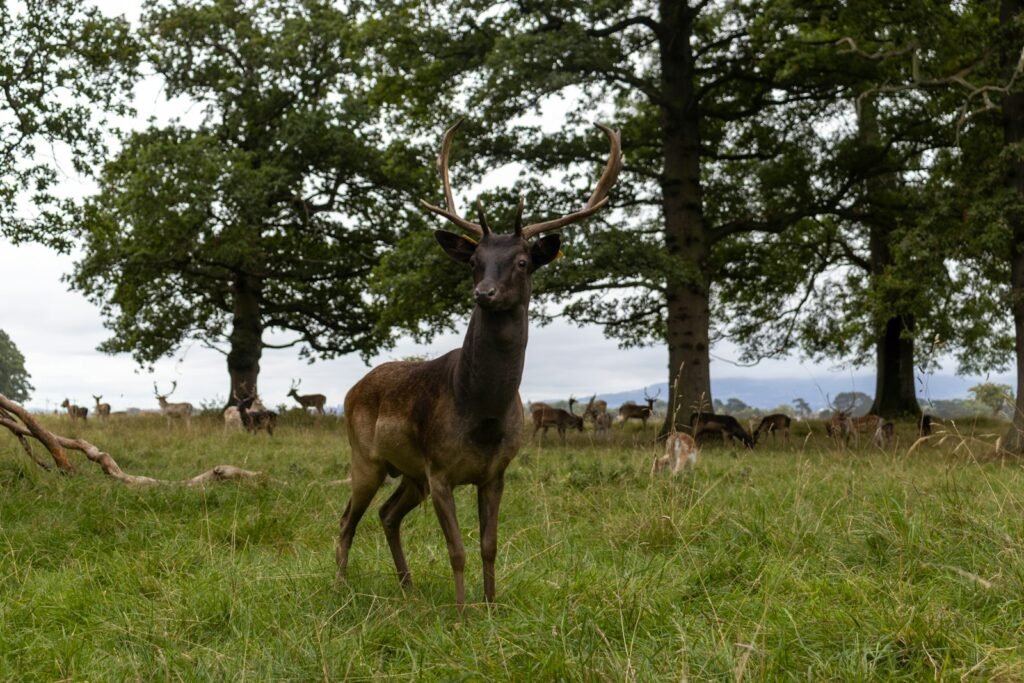The mighty Irish Elk, with its grand antlers and towering stature, has long captured the imagination of both scientists and storytellers alike. As one of the largest deer to have ever walked the earth, this extinct creature has sparked numerous debates and theories about its existence. Could this magnificent animal have survived into modern times? Let’s explore the mysteries surrounding the Irish Elk, delving into its history, characteristics, and the tantalizing theories of its possible survival.
Origin and Historical Habitat

The Irish Elk, known scientifically as Megaloceros giganteus, roamed the prehistoric landscapes of Europe and Asia. Despite its name, the Irish Elk was not exclusively found in Ireland, nor was it closely related to the modern elk. Its primary habitats were across the open woodlands and grasslands of Eurasia, where it thrived until around 7,700 years ago. The last known Aurochs, believed to be the closest living relative, died out in the 1600s, drawing a close to the megafauna era of these impressive creatures.
Physical Characteristics of the Irish Elk

The Irish Elk was truly a sight to behold, with males weighing up to 1,500 pounds and standing at about 7 feet tall at the shoulders. However, it was their antlers that stole the show—spanning up to 12 feet from tip to tip, these majestic appendages were among the largest of any known cervid. Their antler size has led some scholars to theorize that they may have influenced courtship displays, attracting potential mates while also serving as formidable defense mechanisms against predators.
Diet and Behavior

Like other deer species, the Irish Elk was a herbivore, grazing on grasses, leaves, and young shoots. Its diet played a significant role in its habitation preferences, favoring open areas where vegetation was abundant. Given its size, the Irish Elk needed substantial amounts of food daily to maintain its large body mass and energy levels.
Theories on Extinction

There are several theories regarding the extinction of the Irish Elk, ranging from climatic changes to human hunting practices. The end of the last Ice Age brought about significant environmental shifts that likely affected the available food sources, making it difficult for many large herbivores to survive. Additionally, overhunting by humans as they spread across Europe is considered a major contributing factor, though this has not yet been conclusively proven.
Myth or Reality: Modern Sightings

Throughout history, there have been occasional claims and legends suggesting that surviving populations of the Irish Elk might still be roaming remote areas of the world. Such tales, however, are largely considered folklore. No credible scientific evidence has been found to support the idea that these majestic creatures survived into modern times.
Scientific Investigations and Discoveries

Excavations and study of well-preserved Irish Elk specimens have allowed scientists to analyze their bones and antlers, providing fascinating insights into their physiology and adaptation. Radiocarbon dating of fossils has helped establish a timeline of their presence on Earth, supporting the theory of their extinction around 7,700 years ago.
Legacy in Modern Culture

Despite their extinction, the legacy of the Irish Elk persists in modern culture. From depictions in art to their presence in literature and local folklore, their image endures as a symbol of the grandeur of prehistoric life. The study of their antlers has even influenced modern physics, inspiring research into the growth and development of large biological structures.
Conclusion: The Enduring Mystique of the Irish Elk

While the chances of encountering a living Irish Elk today are slim to none, this extinct megafauna continues to inspire awe and curiosity. Through scientific investigation and cultural lore, the Irish Elk lives on in human memory as a testament to the wonders of our planet’s natural history. While it remains largely a subject of legend and mystery, the Irish Elk reminds us of the rich tapestry of life that once flourished across our world.
In conclusion, the Irish Elk may not walk our modern Earth, but its spirit thrives in the annals of history and in the imaginations of those who ponder its astonishing existence. The myths and realities surrounding the Irish Elk highlight the importance of preserving our present wildlife to prevent today’s fauna from becoming the legends of tomorrow.



